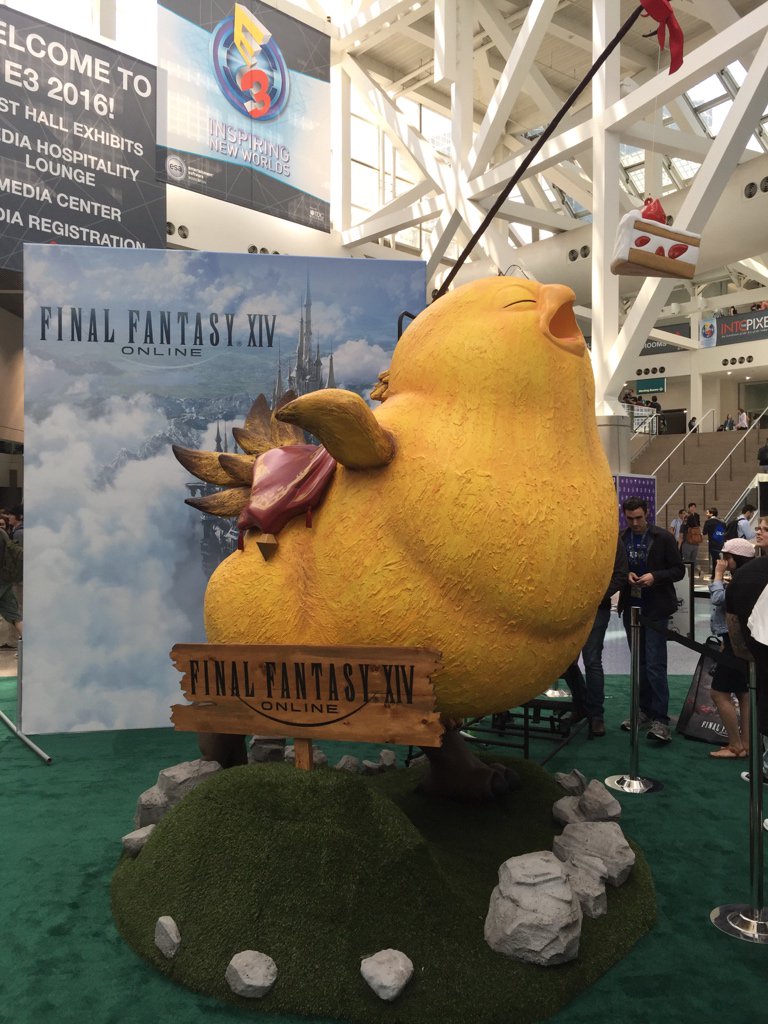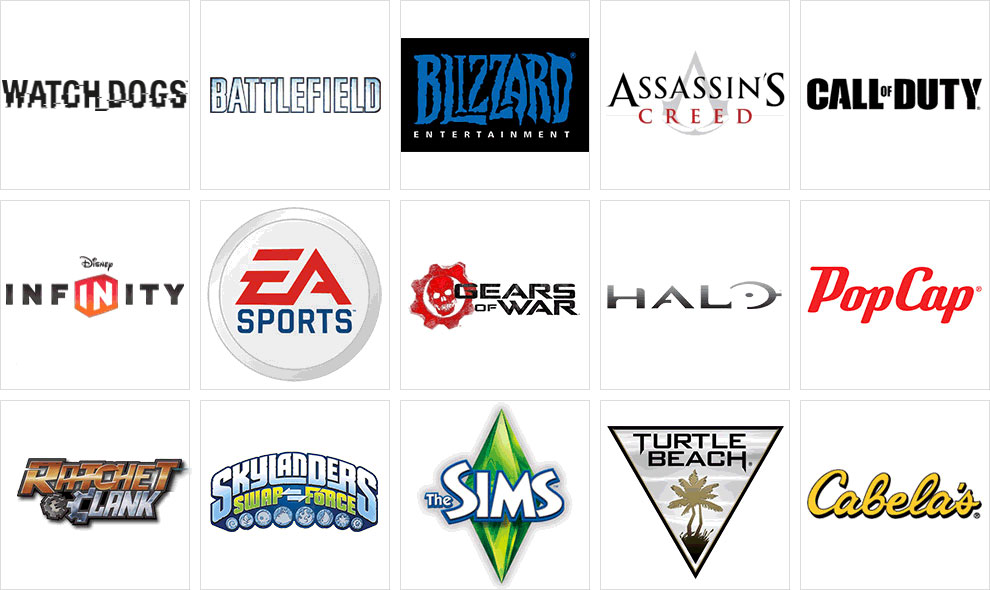Now we know a little bit more about
Nintendo's new console, but really very little – especially when
we're only a few months away from the release date. We know it's
called the Switch, it's capable of playing as a portable and hooked
up to your TV, it uses an Nvidia Tegra chip, and it's going to be
released in March 2017. Officially, the only game we know that will
be on the Switch from Nintendo is Zelda: Breath of the Wild.
Most of what we know comes from this video that Nintendo released a while ago.
There's a lot of excitement over a new
console from Nintendo, and fans are already salivating. We know there
are a few million hardcore Nintendo fans who will buy pretty much
anything the company releases, no matter what issues it may have. The
real question here is can Nintendo find a massive audience for this
new console – like the 100 million who bought the Wii – or at
least one on the scale of the Xbox One (25 million or so so far) or
the PlayStation 4 (45 million or so so far)? Or are we looking at
another failure of Wii U proportions, with lifetime sales of 13
million to make it Nintendo's worst console ever?
My best guess at this point is that the
Nintendo Switch will end up far closer to the Wii U in sales than it
will to the Wii's sales. Why am I skeptical? Several reasons,
including the software, Nintendo's continuing difficulty in appealing
to modern gamers, the overall value of the system – and the fact
that it's essentially a mobile device. Let's deal with each one of
these reasons, in reverse order.
How Many Pockets Do You Have?
I think Nintendo has made a fundamental
error here in trying to make its home console more successful by
blending it with their more successful handheld consoles. What they
failed to understand is that their handheld lines have already been
on a downward slope – the 3DS line is selling in far smaller
numbers than the DS line. Why? Smartphones, of course. You can now
play terrific games on your smartphone, and nearly everyone who would
be part of the target audience for the Switch already has a
smartphone. You're always going to take your smartphone with you
wherever you go. Would you take a Switch? Sometimes. The bigger
question is, why would you even buy a Switch in the first place when
you have a better game playing device in your pocket already?
Top-end smartphones will be better than
the Switch. They have better screens, more RAM (doubtless), and a
better CPU/GPU than a Tegra. If not now, then they certainly will in
the next yearly update cycle. You can already put your smartphone
games up on your TV (via Chromecast or Airplay). And now you're going
to get Nintendo characters on your smartphone... so is a Switch
really worth hundreds of dollars to play a few different games? No, I
don't think it will be for most people.
What's the Value of a Switch?
It's hard to say until Nintendo
announces the price, but you have to figure if the price was going to
be low they would have announced this early. Delaying the price
announcement means a chance to build up more anticipation, and
perhaps less resistance if the price is high. Expect a minimum of
$249, and $299 would not be a big surprise. Since it's Nintendo, even
higher is possible – they really hate to lose money on every sale.
Say the Switch is $299 – which is the same as the basic price for
the Xbox One and the PS4. The Switch will certainly be less powerful
than either of those consoles, but it will be portable. Is that
really enough to sell the Switch?
The overall value of the console has to
include what software is available. There will certainly be some
Nintendo exclusives, but we don't know how many, how often we'll see
them, or how good they are. As for software that you see on other
consoles, that's unlikely except for one or two experiments. The
Switch is going to be a non-trivial port for games from other
consoles. It's likely the Switch will never have most of the popular
console games that appear on Xbox One or PS4, so if you're interested
in those the Switch becomes a second console to buy. That's a tougher
sell, and gives it less value.
Nintendo Doesn't Do Internet Well
One of Nintendo's biggest problems in
appealing to a modern gaming audience is that they still don't
understand the Internet, multiplayer online gaming, and related
issues. There's no reason to believe they'll have this any more
figured out with the Switch. Maybe we'll see Friend Codes. Even if we
don't see those again, there's not likely to be any great online
multiplayer games for the Switch – and those are some of the very
most popular games.
The Lack of Compelling Switch
Software
Wait, you cry, Nintendo has already
announced Zelda: Breath of the Wild for the Switch, and it
looks great! True, except now rumor has it that the game may not be
ready at launch, but perhaps months after that. While we saw things
that looked like Skyrim and NBA 2K17 in the Switch
video, Bethesda and TakeTwo have refused to confirm they are
releasing those titles (or any titles!) for the Switch. This does not
induce confidence in the software lineup.
Ideally Nintendo would be releasing
major titles (using the best Nintendo characters) for the Switch
every couple of months. If they were going to, they'd have already
announced that. Nintendo has struggled for years with getting major
new software out for HD screens, with constant delays. It's great
that they want to release excellent software, but on a corporate
level they don't seem to be able to figure out how to do that on a
regular schedule. Other major game publishers have mostly figured
this out, but Nintendo seems to be incapable of doing that – and
honestly, most of the big titles from other publishers are
significantly more complex than most of Nintendo's games.
The Switch is going to be ARM-based
(using a Tegra CPU), so it's essentially going to be running an
Android variation I'd expect. Which means porting from mobile titles
should be easy – if Nintendo allows it. Though then you'd just have
a title you can already get on a mobile device you already own (your
smartphone), so this wouldn't seem to provide much of an incentive to
buy the hardware.
Summary
It's true we haven't seen the hardware
specs, the software lineup, or the price for the Switch yet. I
submit, though, that while those will all be interesting, none of
them are sufficient to guarantee the Switch sells in big numbers.
Honestly, you'd think if any of those three things were really
impressive, Nintendo would have been touting them for months, instead
of waiting until the very last minute to make them public.
Perhaps Nintendo has finally figured
out that mobile is the future for them, but they were so far along
this hardware path they had to continue. Or maybe they really figure
the Switch has a chance to generate Wii-like sales. That ship has
sailed, though. With literally billions of good gameplaying devices
in the hands of people around the world, there's no way to create a
hardware market that's even a fraction of that size. With Pokemon GO,
we've seen where even a pretty limited title (the game initially
didn't have much to it), we could see 500 million downloads and over
$600 million in revenue in a couple of months. That shows the power
of great IP on the right platform with the right monetization – and
it's not even as great a game as it could be (though it's becoming
better).
Someday, perhaps, Nintendo will be able
to realize its potential on mobile platforms. The Switch, though,
just isn't going to be it. Even if the Switch is a huge hit, selling
50 million units in a couple of years, that hardware and all of its
software wouldn't generate as much profit as Pokemon GO will in one
year. That's the real switch Nintendo should be making – the switch
to creating mobile games.




















